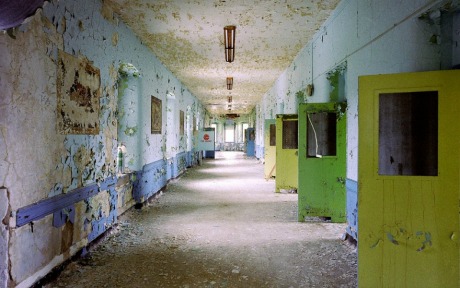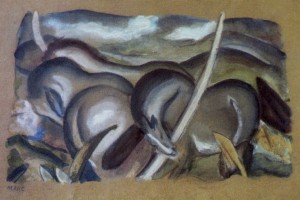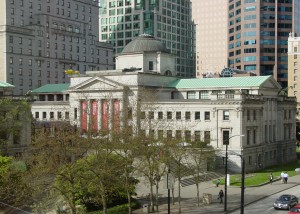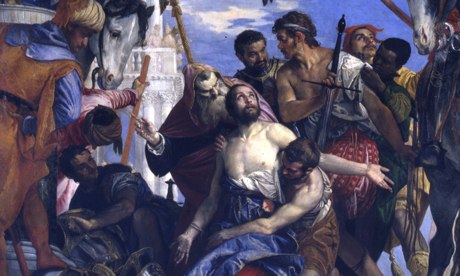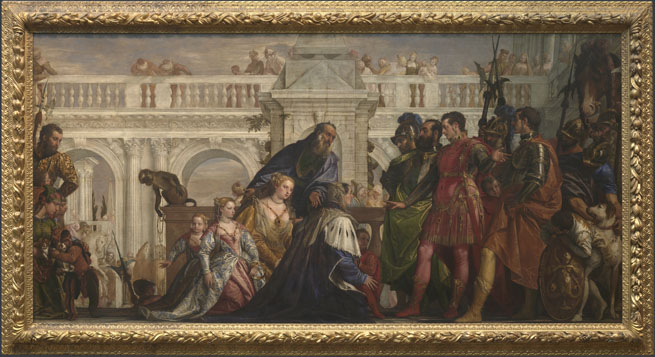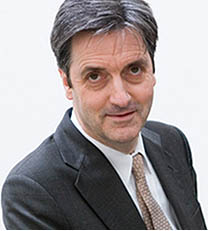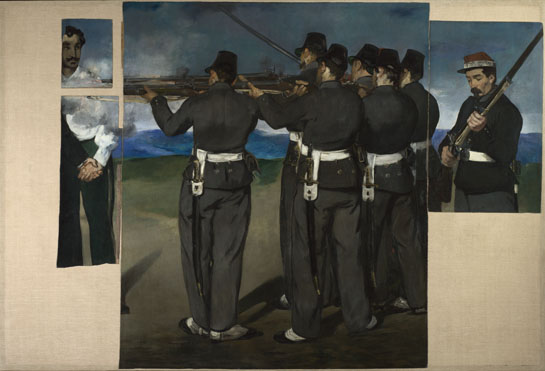If you’re a Woody Guthrie fan, you may know that he spent his last decade or so of his life in hospitals, a victim of Huntington’s disease. At the time — we are talking the ’50s — the ailment was completely misunderstood. In 1956, Guthrie was picked up in New Jersey as a vagrant, and sent to Greystone Psychiatric Hospital.
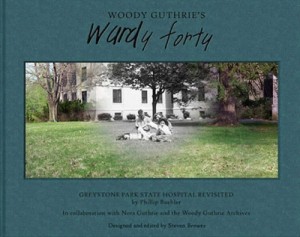 That much, maybe you knew. But to see it illustrated in photographs and archival materials — in a new book called Woody Guthrie’s Wardy Forty — is something else.Â
That much, maybe you knew. But to see it illustrated in photographs and archival materials — in a new book called Woody Guthrie’s Wardy Forty — is something else.Â
The book, by photographer Phillip Buehler, was published by the Woody Guthrie Archive in November, but has gotten little play. So I interviewed Buehler and Nora Guthrie, who was also involved with the project, wrote about it in an article published today on AlJazeera America. The article is headlined “The lost years of Woody Guthrie: The singer’s life in Greystone Hospital.”
It’s a tragic, yet heart-lifting story, in a way. Here’s one excerpt from my article:
One poignant vintage shot shows Woody sitting between his two sons, Joady and Arlo, beneath “the Magiky tree.” The Guthries chose that name for a huge, leafy tree outside Greystone to make their children’s weekly visits seem like fun. As Nora recalls, her voice quaking a bit, walking through the psychiatric ward to see her father “was an absolutely terrifying experience for me as a child.” So, instead, her mother entered Greystone alone to fetch her husband, leaving the kids (aged 6, 7 and 8 at the time) outside.
“We’d have a picnic and we’d play before the tree,” Nora says. “It was less frightening.” One 1956 note to Arlo, in Woody’s deteriorating handwriting, refers to the “magiky tree” and is signed “daddy me Woody Guthrie.”
Buehler specializes in capturing “modern ruins.” Here’s a look at one of his shots from Greystone’s Wardy Forty (Guthrie’s nickname for Ward 40, where he lived), courtesy of Buehler:

